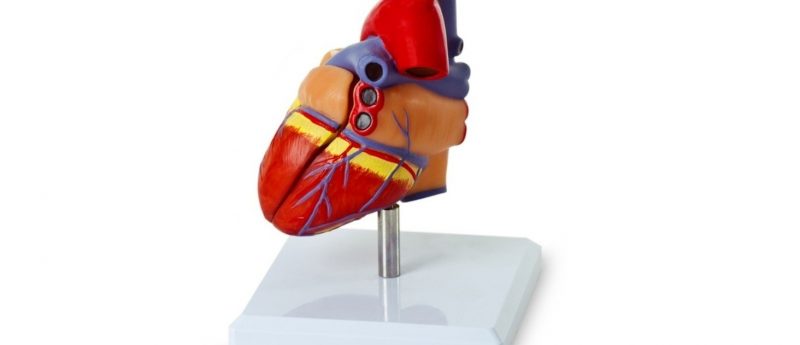Cardiac stem cell infusion holds potential for treatment of most common form of heart failure

US FDA Investigational New Drug application cleared for testing of cardiac stem cells in heart failure with preserved ejection fraction patients
Cardiac stem cells have been cleared by the US FDA for an Investigational New Drug (IND) application to test in patients diagnosed with heart failure with preserved ejection fraction.
Formerly known as diastolic heart failure, heart failure with preserved ejection fraction is a condition in which the heart muscle becomes so stiff that its pumping chambers cannot properly fill with blood. Although this does not affect the heart’s ability to pump blood to the body, its inability to fill with blood can, over time, lead to fluid buildup. Such buildup leads to fluid congestion, especially in the lungs, resulting in a hard-to-treat condition with symptoms including extreme fatigue and difficulty breathing.
Current estimates suggest that over 50% of heart failure patients suffer from heart failure with preserved ejection fraction, which is particularly common in women, diabetics, the obese and those with hypertension. “There is an enormous unmet clinical need, but nobody has a clue as to how to treat it,” explained Eduardo Marbán, director of the Cedars-Sinai Heart Institute (CA, USA) and lead study author. “None of the drugs that work in regular heart failure work for these patients.”
A new study, published in the Journal of the American College of Cardiology Basic and Translational Science demonstrated heart pumping function to return to normal in laboratory rats with hypertension and diastolic heart failure weeks after infusion of cardiosphere-derived cells (CDCs). The study involved 34 symptomatic rats administered infusions of CDCs alongside 34 given a placebo. Four weeks later, the rats in the treatment group displayed normalized heart function and their hearts were able to fill normally. Among rats in the placebo group, the disease progressed and led to premature death.
“When patients with preserved ejection fraction get sick, they might be hospitalized and they might be prescribed medications like diuretics, which reduce the buildup of fluid in the lungs. The patients might get better symptomatically, but we haven’t really treated the underlying condition,” explained Marbán. “This research suggests that cardiac stem cells could be effective as a therapeutic agent, and there is a specific treatment we can try when everything else has failed.”
On the basis of these data, Marbán has recently received clearance from the FDA for an IND application to use CDCs to treat humans with heart failure with preserved ejection fraction.
Written by Hannah Wilson
Source: Cedars—Sinai Newsroom http://cedars-sinai.edu/About-Us/News/News-Releases-2016/New-Research-Shows-Cardiac-Stem-Cell-Infusion-Could-Be-Effective-Therapy-for-the-Most-Common-Type-of-Heart-Failure.aspx